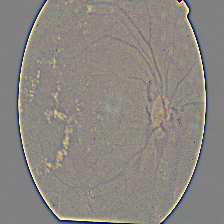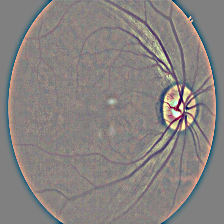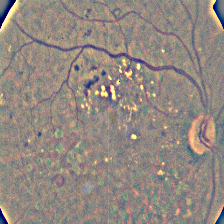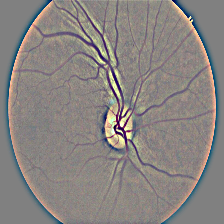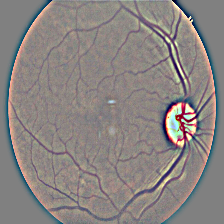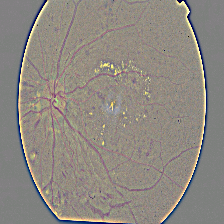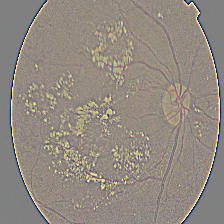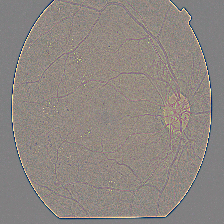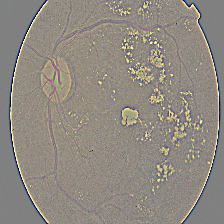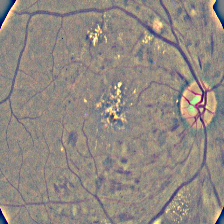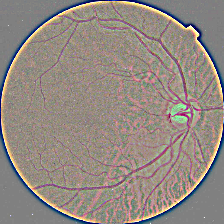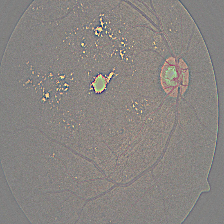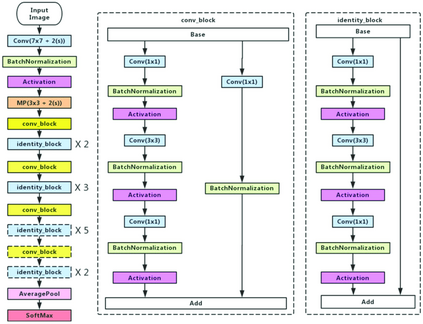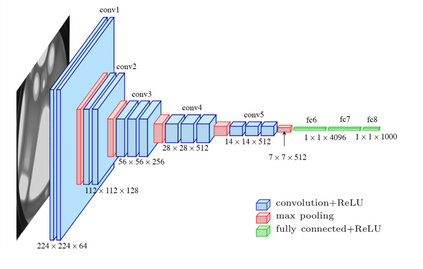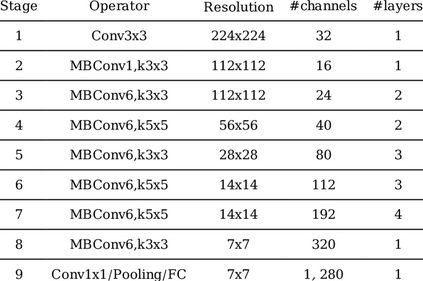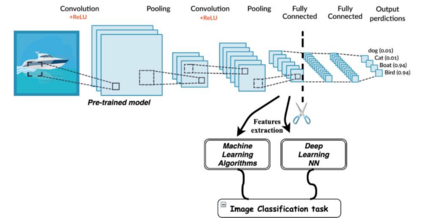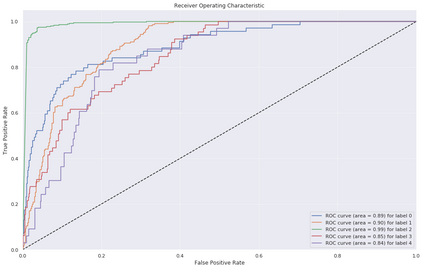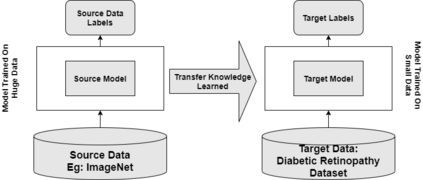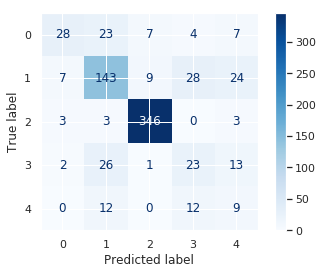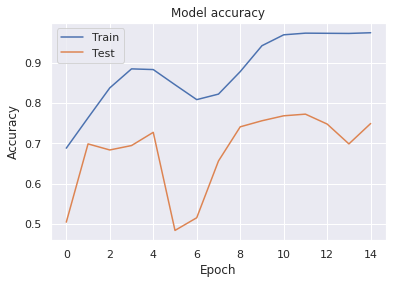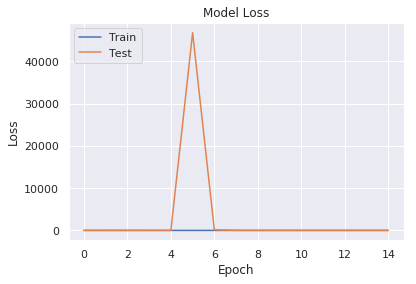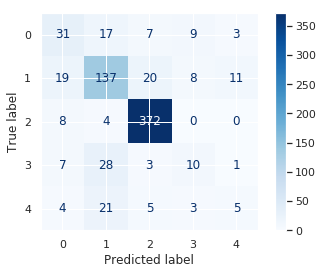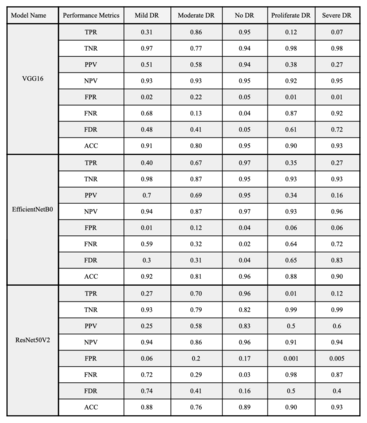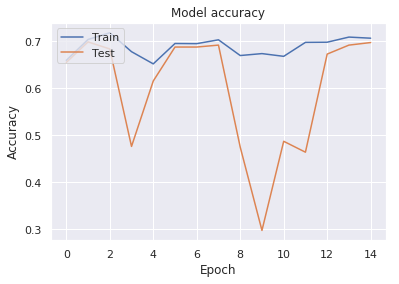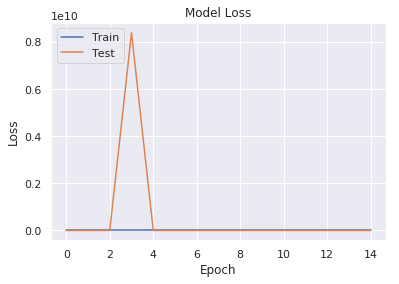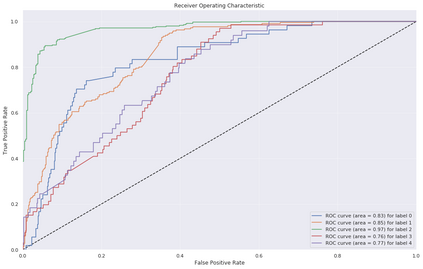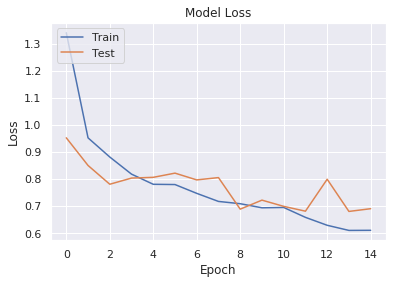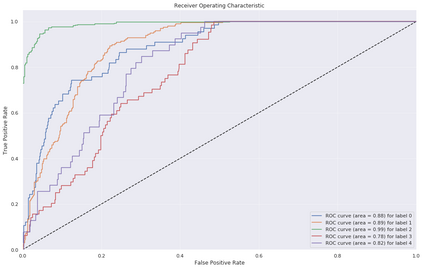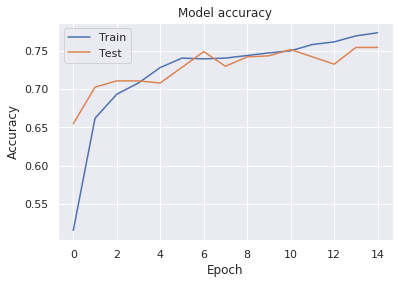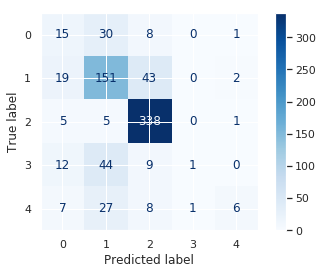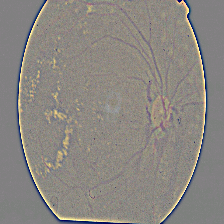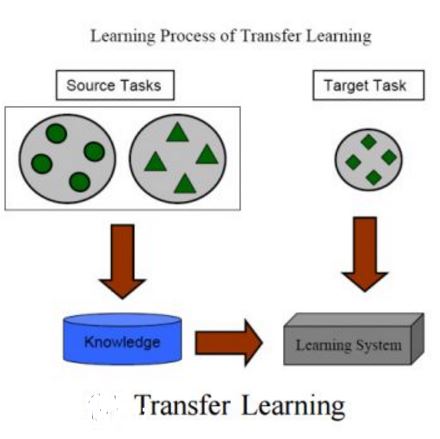With the prevalence of Diabetes, the Diabetes Mellitus Retinopathy (DR) is becoming a major health problem across the world. The long-term medical complications arising due to DR have a significant impact on the patient as well as the society, as the disease mostly affects individuals in their most productive years. Early detection and treatment can help reduce the extent of damage to the patients. The rise of Convolutional Neural Networks for predictive analysis in the medical field paves the way for a robust solution to DR detection. This paper studies the performance of several highly efficient and scalable CNN architectures for Diabetic Retinopathy Classification with the help of Transfer Learning. The research focuses on VGG16, Resnet50 V2 and EfficientNet B0 models. The classification performance is analyzed using several performance metrics including True Positive Rate, False Positive Rate, Accuracy, etc. Also, several performance graphs are plotted for visualizing the architecture performance including Confusion Matrix, ROC Curve, etc. The results indicate that Transfer Learning with ImageNet weights using VGG 16 model demonstrates the best classification performance with the best Accuracy of 95%. It is closely followed by ResNet50 V2 architecture with the best Accuracy of 93%. This paper shows that predictive analysis of DR from retinal images is achieved with Transfer Learning on Convolutional Neural Networks.
翻译:随着糖尿病的流行,糖尿病梅利图斯雷蒂诺病(DR)正在成为全世界的一个主要健康问题。由于DR引起的长期医疗并发症对病人和社会产生了重大影响,因为该疾病主要影响最富有生产力的个人。早期发现和治疗有助于降低病人所受损害的程度。医学领域预测分析的进化神经网络的兴起,为DR检测的可靠解决方案铺平了道路。本文研究了一些高效和可扩缩的有线电视新闻网的诊断性病理分类架构在转移学习方面的表现。研究的重点是VGG16、Resnet50 V2和高效网络B0模型。分类性业绩分析使用了几种性能指标,包括真实积极率、假阳性率、准确性等。此外,还绘制了几个性能图,以直观的图像表现,包括Convmission 矩阵、ROC Curve等。结果显示,使用 VGG 16 模型的图像网络传输超高效率和可扩缩缩缩缩缩缩缩图展示了与95-50最佳的ACrecretainal 图像。这与95-DRestal 图像是ADRindal的精准分析。它与95-DRALAxI的精准与95的图像。它与95-Liscreal-Lisal 的图像的精确分析。

